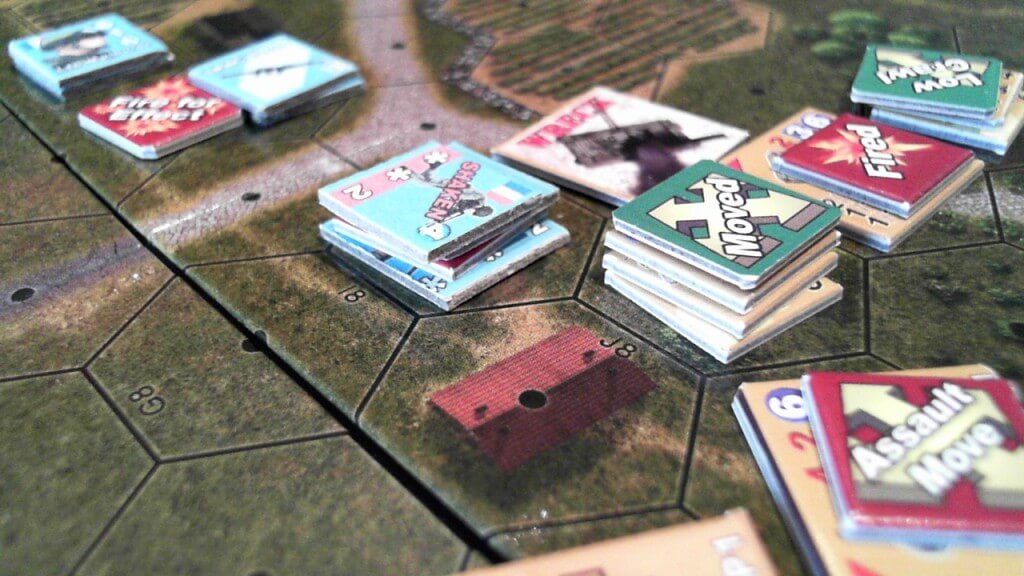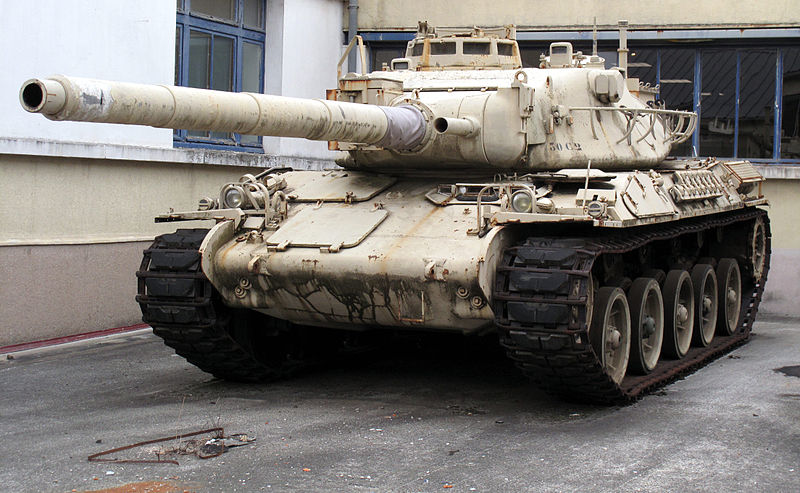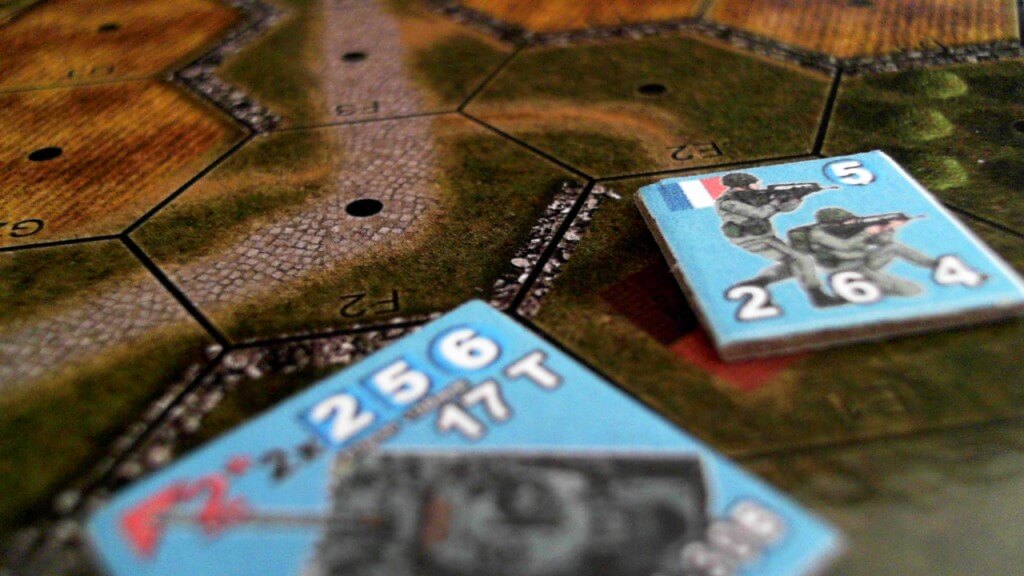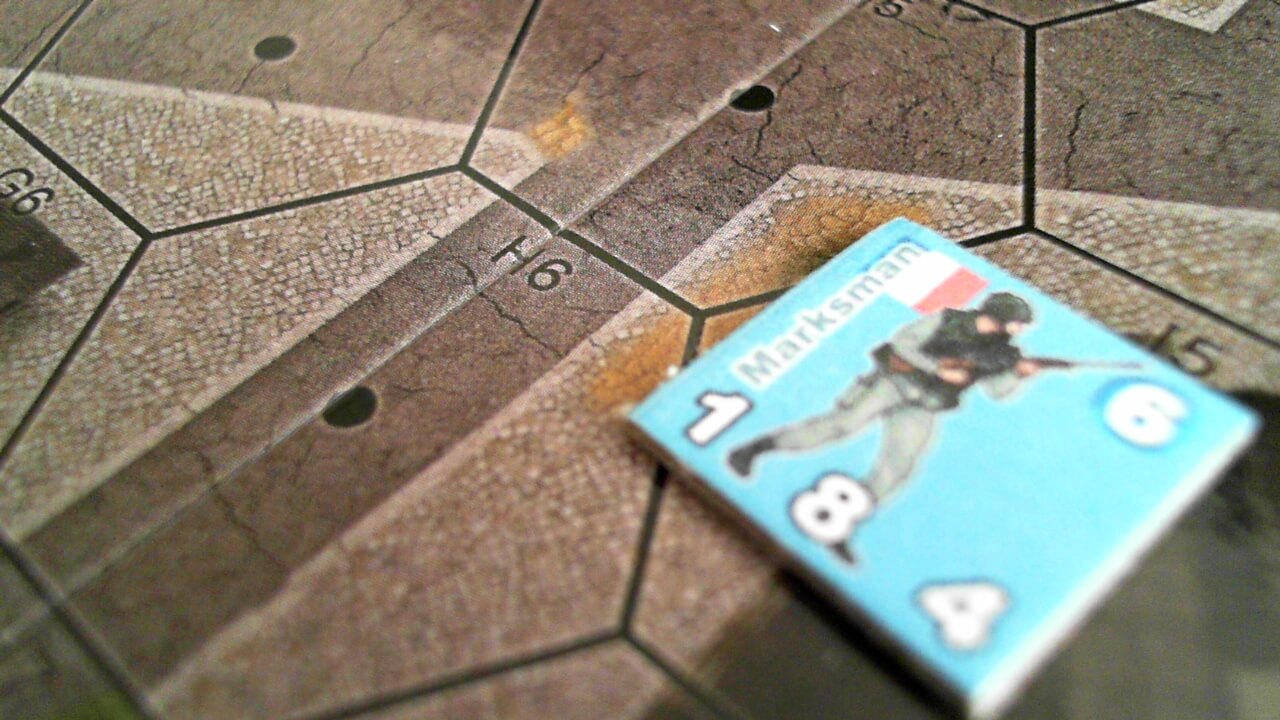What is it about those French?
They strike us as sometimes uppity, sometimes arrogant, often pedantic. Righteously proud of the smallest achievements. Like a dry crusty Croissant from the local imitation bakery in your strip mall town.
Many (especially Parsians) treat Americans like crap. Well deservedly too I might add. Thank God I’m Australian is all I can say. Sorry fellas, had to throw that in there after travelling thru Paris to visit friends with the Texan wife.

Others are kind, warm, thoughful and gracious. Like the Brioche from the Patisserie on 93 Rue du Bac , The Patisserie Des Reves, light, almost sweet, and airy and subtle to taste. One of several specialty bakers I spent time at when last in Paris.
For me, I find the bluntness coupled with sophistication and the appreciation of the small and often finer things in life to be refreshing. You always know where you stand with a Frenchman (the women are another story that I can’t share on the blog). If he is a friend he will have your back, if he owes you, he will honour his debt. He is generous to a fault. He is or can be noble. Yet noble in the egalitarian sense. He will share his best wine, his finest attempts at culinary heights, his bread.
If we stretch the crusty, buttery metaphor a little further we have H&P, the latest offering from LNL Publishing.
The French in this module are tough, mostly. They are different that is for sure. So different that it goes to the core of being French! Frenchness for French sake. But is it Brioche or Croissant?
These differences go beyond the quaint color of the counters, the sexy berets, and the Francophile names. When you finally play the French forces, you are thrust into a world of unique weapons, fascinating vehicles, and marksmen. Here is a snap shot of the weapons – JUST from this one scenario I am playing!
Take for instance the ANF-1 :
Caliber 7,5mm (AAT-52); 7,62mmNATO (AAT F-1)
Weigth ca. 10 kg on bipod with light barrel; ca.23 kg on tripod with heavy barrel
Length 1245 mm with long (heavy) barrel
Length of barrel 500 or 600 mm
Feeding belt 50 or 200 rounds
Rate of fire 700 rounds /minute
The AATMle.52 is a retarded blowback operated, air cooled, belt fed, automatic machine gun which fires from an open bolt.Barrels are quick-detachable and available in two versions – “light” (intended for the LMG role) and“heavy” (intended for sustained fire role).
The troops generally use this weapon that even I am familar with :
 FAMAS F1 / FAMAS G2
FAMAS F1 / FAMAS G2
Caliber – 5.56mm NATO (.223rem)
Action – Delayed blowback
Overall length – 757 mm
Barrel length – 488 mm
Weight – 3.61 kg with empty magazine / 3.8 kg with empty magazine
Magazine capacity – 25 rounds (proprietary) / 30 rounds (STANAG)
Muzzle velocity – 960 m/s / 925 m/s
Rate of fire – 900-1000 rounds per minute / 1000-1100 rounds per minute
Effective range – 300 meters / 450 meters
FAMAS stands for Fusil d’Assaut de la Manufacture d’Armes de St-Etienne (Assault Rifle by St-Etienne Arms Factory – a member of the French govt. owned GIAT Industries concern). Lots of attachments, great all purpose weapon.
The LRAC F1, officially called Lance-Roquettes AntiChar de 89 mm modèle F1 (89 mm anti-tank rocket launcher model F1) is a French reusable rocket launcher developed by Luchaire Defense SA, and manufactured in cooperation with Manufacture Nationale d’Armes de Saint-Étienne and was in the 1970s marketed by Hotchkiss-Brandt.
The watertight rear plug of the rocket container is removed just before firing, which closes the firing circuit and allows the rocket to be fired. The rocket is propelled by a large number of long sticks of tubular propellant that produce a constant pressure while burning, providing constant acceleration. The engine burns out before the rocket leaves the launcher at a velocity of approximately 300 meters per second. As soon as the rocket leaves the launcher, nine fins fold backwards from the rear. These fins provide stability for the rocket while it is in flight.
They are comparable to:

A number of other rockets were developed for the launcher, including a dual purpose anti-personnel/anti-vehicle rocket whose warhead contains 1,600 steel balls along with a smaller HEAT antiarmour warhead. The steel balls have a lethal radius of approximately 20 meters and the shaped charge is capable of penetrating up to 100 millimeters of steel plating.
The FLG APAV is a M203 compatible grenade launcher a limited but useful range. BMPs and foot beware.
Ok..I hear you vehicles you say.

Over 2 000 of these IFVs were built for the French army and for the export customers. Despite it’s age the AMX-10P is still in service with France. Other operators are Bosnia and Herzegovina, Indonesia, Mexico, Morocco, Qatar, Saudi Arabia, Singapore and the United Arab Emyrates. The AMX-10P is being replaced with the new VBCI. Hull of the AMX-10P is welded from aluminum armor plates. Frontal arc provides protection against 14.5-mm rounds. All-round protection is against small arms bullets and artillery shell splinters only. Vehicle is fitted with NBC protection system.
The AMX-10P is armed with a 20-mm cannon. In LNL you will see the deadliness of the higher fire rate this vehicle pops our. It can penetrate a 20-mm armor plate at a range of 1 000 m. Maximum effective range of fire is up to 1 500 m. The most significant drawback of this gun is that it is non-stabilized. Consequently vehicle can’t fire accurately on the move.
Secondary armament consists of coaxial 7.62-mm machine gun. Some IFVs are fitted with two MILAN ATGW launchers. These vehicles carry 10 anti-tank missiles inside the hull. NICE!!!
The AMX-10P has a crew of three and can carry 8 fully-equipped troops. The US forces must envy this vehicle compared to the M113.
What else is in the scenario I am playing….Hmm let me see. Oh yeah. Thats right. This ‘lil thing:

The AMX 30 B2.
Some background I was unaware of, for your reading pleasure.
The production version of the tank had a combat weight of 36 metric tons (40 short tons).[37] The AMX-30’s survivability was based on its mobility; French engineers believed that the tank’s mobility would have been compromised had they added enough steel plating to protect against modern anti-tank threats, including high explosive anti-tank warheads (HEAT). As a result the type had the thinnest armour of any main battle tank produced at the time.[38] The turret has a maximum armour thickness of 50 millimetres (2.0 in), the armour sloped at 70 degrees on the front plate and 23 degrees on the side, offering protection against 20-millimetre (0.79 in) armour piercing projectiles.[39] The Line-of-Sight armour values are: 79-millimeter (3.1 in) for the front of the hull; 59-millimetre (2.3 in) for the forward sides of the hull; 30-millimetre (1.2 in) for the rear sides and rear of the hull; 15-millimetre (0.59 in) for the hull top and bottom; 80.8-millimeter (3.18 in) for the turret front; 41.5-millimeter (1.63 in) for the turret sides; 50-millimetre (2.0 in) for the turret rear and 20-millimetre (0.79 in) for the turret top.[40] Further protection is offered by a nuclear, biological and chemical protection suit, including a ventilation system.[41]
One of the unique features of the AMX-30 was the Obus à Charge Creuse de 105 mm Modèle F1 (Obus G) HEAT projectile and its main gun,[37] the Modèle F1, a monoblock steel 105-millimeter (4.1 in) cannon.[42][43] HEAT warheads suffer when spin stabilized, a product of rifled barrels,[44] causing the French to develop the Obus G,[34] (Gresse).[15]This projectile was composed of two major parts, including the outer shell and a suspended inner shell, divided by ball bearings. This allowed the projectile to be spin-stabilized, and therefore more accurate than a normal fin-stabilized HEAT-round, while the inner shell did not move, allowing the warhead to work at maximum efficiency. The warhead, containing 780 gram hexolite,[45] could penetrate up to 400 millimeters (16 in) of steel armour and was effective against tanks at up to 3,000 meters (3,300 yd). As it combined a good accuracy with a penetration that was independent of range, it has been considered an “ideal round” for its day[34] The AMX-30 was also designed to fire the OCC F1 Mle.60high explosive projectile, the SCC F1 training warhead and the OFUM PH-105 F1 smoke round.[46] The main gun was coupled with a 380-millimeter (15 in) recoil brake, which had a maximum extension of 400 millimeters (16 in), and could depress to -8 degrees or elevate to 20 degrees. The turret’s firepower was augmented by a coaxial 12.7-millimeter (0.50 in) M2 Browning machine gun. The tank commander also made use of a 7.62-millimeter (0.300 in) anti-aircraft machine gun on the turret roof.[47] The vehicle carried 50 105-millimeter (4.1 in) projectiles,[47] 748 12.7-millimeter (0.50 in) rounds and 2,050 7.62-millimeter (0.300 in) bullets.[48] The tank commander was issued a cupola which offered ten all-around direct-vision episcopes, and a binocular telescope with 10x magnification. The commander was also given an optical full-field coincidence range finder. The gunner was given a telescoping gun sight and two observation periscopes.
What ever is what I say. But now read this:
During the production run many improvements were implemented. These included gun stabilization from 1971, and from 1972[55] replacing the original coaxial heavy machine gun by a dual purpose 20-millimeter (0.79 in) autocannon against light armour and helicopters, with the ability to depress to -8 degrees and elevate to 40 degrees.[45] All French army vehicles were eventually brought to this newer standard; the designation remained AMX 30B.[56]
Beginning as early as 1973, only seven years after the beginning of production, the French began a research program for a future modification of the tank.[57] The project was to result in a AMX 30 Valorisé (“upgraded AMX-30”).[58] In June 1979, the French Army decided to both build new and modernize existing AMX-30s with an improved fire control system and a new transmission, and designated them AMX-30B2s.[59] The first new production vehicles were taken into service in January 1982.[60] Improvements to the COTAC APX M-508 fire control system included the installation of a laser rangefinder and a low-light TV (LLTV).[61] The main gun’s lethality was improved with the introduction of a new armour piercing fin stabilized discarding sabot (APFSDS). The original engine was exchanged for an improved variant, known as the HS-110.2, producing 680 horsepower (510 kW). The poor transmission was replaced with the semi-automatic SESM ENC200 transmission, with a torque converter. The suspension was improved by adopting new torsion bars and shocks which increased the vertical deflection range of the road wheels,[62]thereby improving the tank’s off-road mobility.[63] From 1998, the French army started to replace the engines of its remaining AMX-30 tanks and variants with 500 Renault Mack E9 750 hp engines.[64]
Finally that Marksman I mentioned. Here he is in game:

That weapon is of course deadly. So is this game. So are the French. Who are the French in this game?
I sense they are an army who is pissed off. Pissed for many reasons. Angry at the start of another war that has spilled over to its borders, angry about having to allow foreign forces access, angry about relying on US and Britain for help, or angry about the need to support them. The French are loyal friends but dont F#$@ with their world. If they have the means to end a fight they do. The result is often not what we all expect.
So Croissant or Brioche? Its what ever the French want it to be. I not messing with them today.



They might need all that weaponry and more against the All Blacks tonight.
Why deservedly? I’m a nice American…….